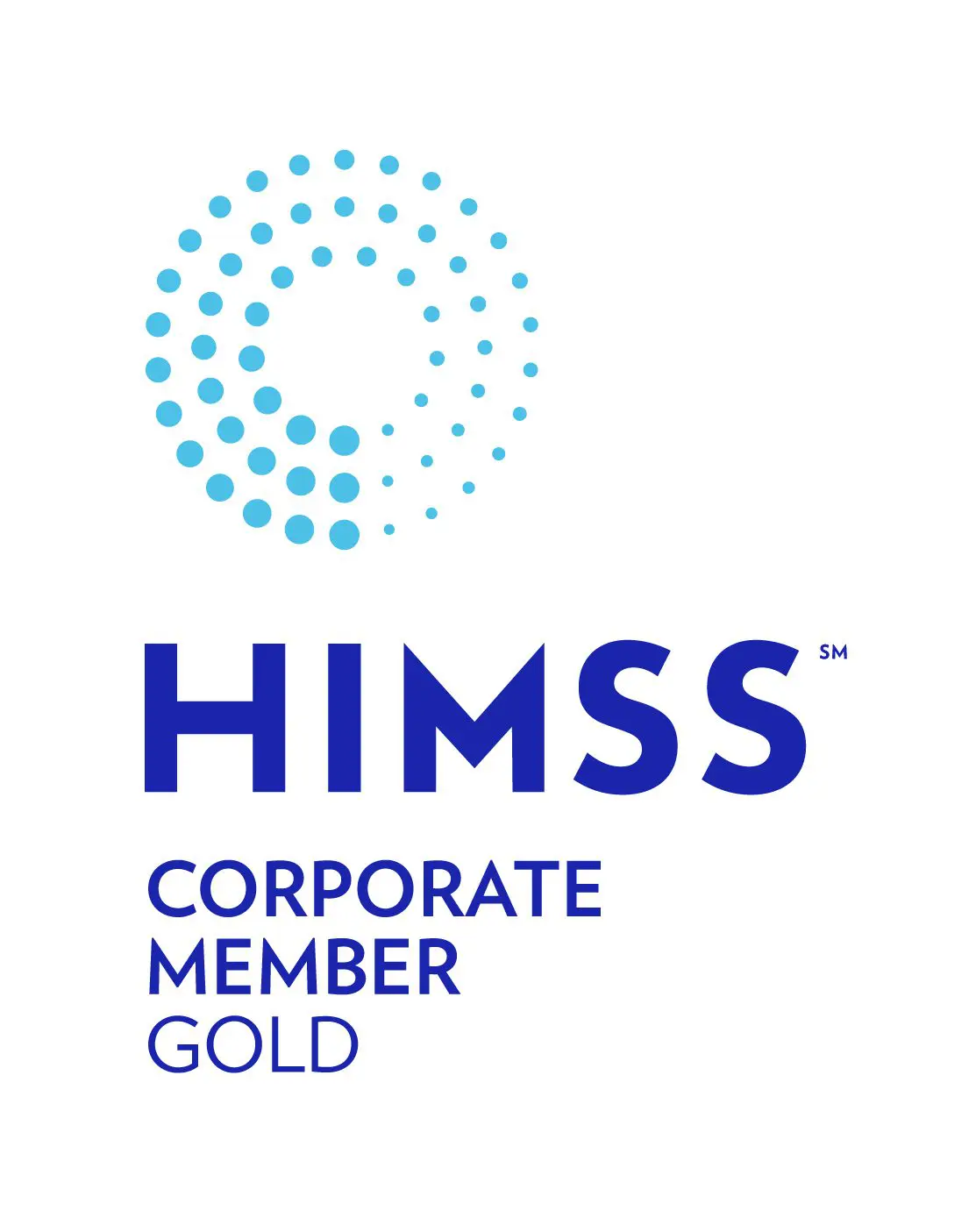
Sharing expert advice to healthcare provider organizations seeking to consolidate systems and data and comply with the Cures Act, Jim Hammer, VP of Operations and Product Development at Harmony Healthcare IT, recently sat down with Bill Siwicki, Features Editor of Healthcare IT News, on HIMSS TV.
To watch the video, click here. Here is a brief synopsis of the interview:
What are key legacy system challenges in hospitals and health systems?
When health systems and practices transition to new clinical, financial or business software, they are often left with the cost and risk of legacy applications and need to retire them. When decommissioning displaced systems, record retention and accounts receivable wind down are top of mind along with eliminating the cost of legacy vendor maintenance renewals.
What are some best practices for effectively decommissioning legacy systems?
The first step in rationalizing an inventory of legacy applications is creating an inventory of the systems holding the legacy data. With that inventory in-hand, which includes details of the systems to decommission, a prioritization can occur. Using drivers such as the cost, risk, or urgency each system is presenting to the enterprise, a high to low priority is identified.
Once an inventory and priority order for decommissioning is in place, it’s time to assemble or gather a strong governance team. This team includes those who will ultimately sign off on shutting down each system and determining which records stored within each system should be retained and how.
Lastly, an archive playbook should be created. This playbook will take into account what application data might be migrated or converted to the new go-forward system as well as what information can be decommissioned and archived.
Should data from multiple legacy systems be consolidated and, if so, what are the options?
Absolutely. Oftentimes, large integrated delivery networks have 30 to 50 legacy application silos that need to be sunset after they implement a new system like Cerner or Epic. Those legacy systems can be both acute and ambulatory. If you think about an HIM team trying to release information from multiple systems before the data is consolidated, you can only imagine how long it might take. However, if that data is consolidated to a single archive, the release of information fulfillment workflow becomes infinitely more efficient.
Once patient records from multiple legacy systems are consolidated and readily available in an archive, they can also be accessed by clinicians at the point of care. At Harmony Healthcare IT, single sign-on from leading go-forward EHR systems like Epic or Cerner is available. That means that, when a caregiver needs to access historical records, they are available in-context with the click of a button. This is especially helpful for large organizations consolidating many legacy systems that they’ve inherited through merger and acquisition.
Is legacy data ready for Cures Act compliance? Is it easily accessible, is it secure?
Yes. Through the 21st Century Cures Act, the ability to obtain data either from health providers or from vendors can no longer be blocked. There is a provision around API or data liquidity, providing the ability to transfer data from a source application all the way to the patient. –Harmony Healthcare IT is working on that and will have available, through API, the ability to obtain relevant clinical data at a moment’s notice.
Data in a legacy system may already be compliant and accessible and available for Cures Act. In most cases, however, legacy applications contain historical data that isn’t compliant. The Cures Act requires that vendors like Harmony Healthcare IT match to the USCDI specification. So, as it pertains to legacy data, Harmony Healthcare IT can perform an uplift during a transformation of data to an archive to ready that data for Cures Act interoperability compliance.







